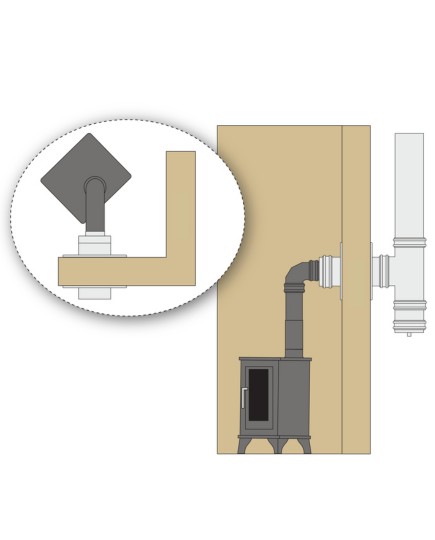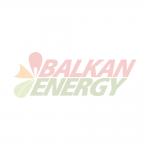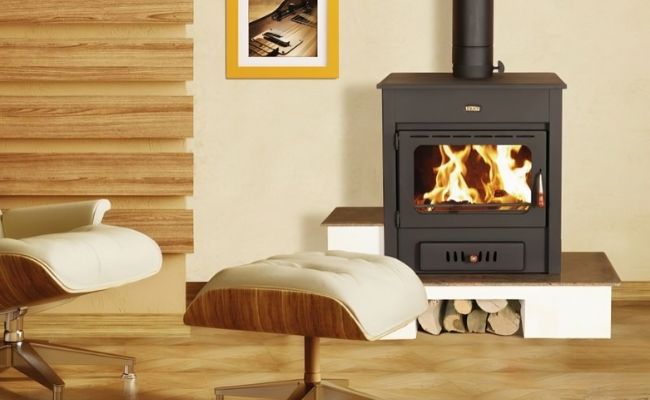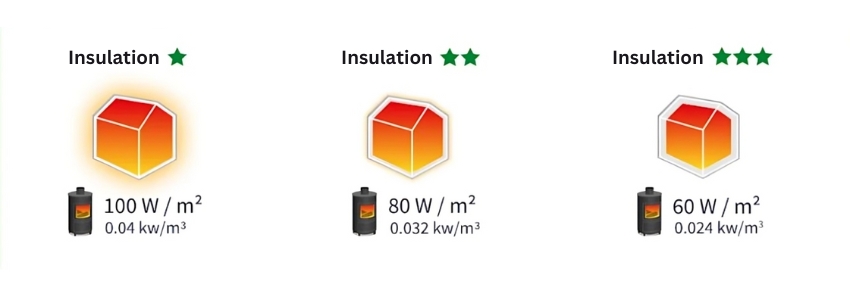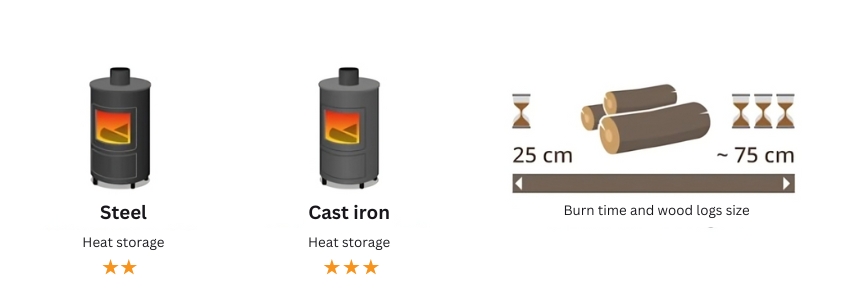How to choose the right Prity wood-burning stove for our home?
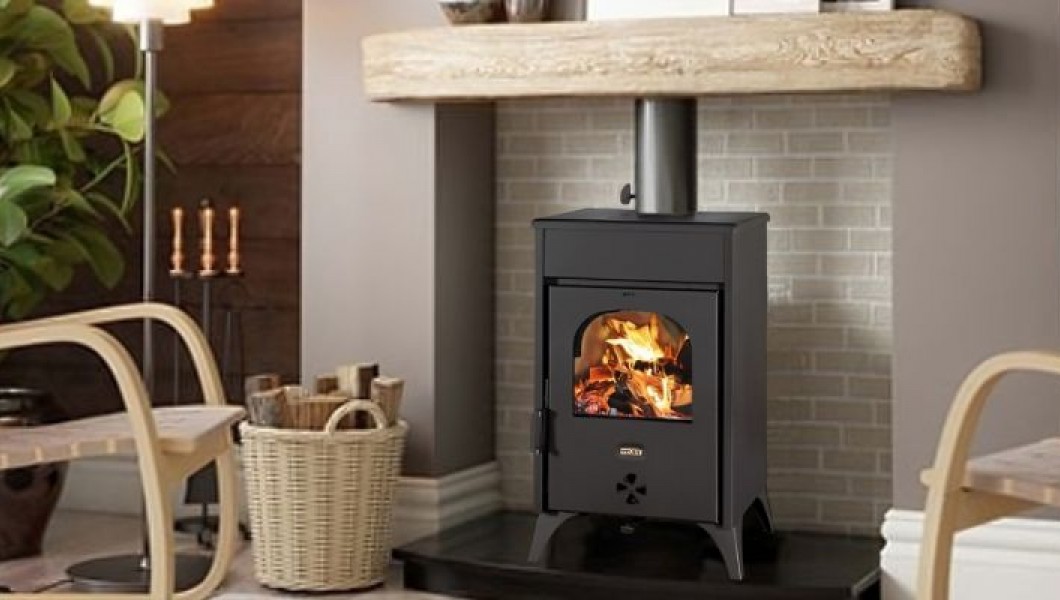
Prity wood-burning stoves are known for their efficiency, reliability, and aesthetics at an affordable price. However, choosing the right stove for your home can be challenging, especially if you are not familiar with all the factors you need to consider. In this article, we will review the key criteria to help you make the right choice..
1. Determine Your Heating Needs
Before selecting a Prity wood-burning stove, you should assess:
-
What area will you heat? – Smaller rooms require stoves with lower power, while for large spaces or entire houses, it is advisable to choose a model with higher power or even one with a water jacket.
-
Main or additional heating? – If the stove will be the primary heat source, you need to invest in a more powerful model, whereas for supplementary heating, you can opt for a more compact version.
-
What is the climate in your region? – If you live in an area with long and harsh winters, you will need a more efficient and powerful stove. In milder climates, a smaller model may be sufficient.
-
What is your home’s insulation? – Good insulation reduces the need for a highly powerful stove. If your house has poor insulation, you will need to compensate with greater heating power.
-
Do you have an existing heating system? – If you already have radiators and want the stove to work in combination with them, models with a water jacket are an excellent choice.
-
Frequency of use – If you will use the stove daily during winter, it is essential to choose a model with higher efficiency and durability.
2. Choosing the Right Power
The power of Prity stoves varies depending on the model and its intended use. A general rule is that for 10 sq.m. of well-insulated space, about 1 kW of power is needed. For example:
-
For small rooms (up to 50 sq.m.) – suitable stoves have a power of 5-7 kW.
-
For medium-sized rooms (50-100 sq.m.) – power between 8-12 kW.
-
For large homes or entire houses – stoves with power over 12 kW or models with a water jacket.
Additionally, when selecting the power, consider the following factors:
-
Type of construction – Panel and brick buildings retain heat better than prefabricated or wooden houses, which can affect the required power.
-
Ceiling height – In rooms with high ceilings (over 2.7 m), heat distribution differs, which may require a more powerful stove.
-
Room layout – If heating multiple connected rooms, consider a model that effectively distributes heat.
-
Additional heat sources – If the stove is used alongside another heating method (e.g., underfloor heating or electric appliances), a lower-power stove may be sufficient.
3. Variants of Prity Stoves
Prity offers a variety of models to meet different needs:
-
Natural convection wood stoves – Classic and affordable, easy to install and maintain. They are suitable for quickly heating a single room without complex installations.
-
Stoves with back boiler – Provide heating both through radiation and by connecting to a radiator system. Suitable for whole-house heating.
-
Stoves with back boiler and oven – Combining heating power with cooking functionality, these models are ideal for households looking to use heat as efficiently as possible.
-
Stoves without back boiler and oven – Suitable for those who want a traditional heating stove with a built-in oven and/or cooktop. These models allow cooking without electricity and are more compact than standard cookstoves.
4. Design and Aesthetics
Besides functionality, design is also important. Prity offers stoves in various styles – from classic models with cast iron doors to modern versions with panoramic glass. Choose a stove that will harmoniously fit into your home interior.
Prity also manufactures stoves with ceramic cladding, which not only enhance the stove’s appearance but also improve heat emission. Ceramic plates retain heat longer and release it gradually, contributing to more efficient and comfortable heating.
5. Fuel Consumption and Efficiency
When choosing a stove, it is important to consider its wood consumption and combustion efficiency. Prity offers models with a high efficiency rating (over 75%), which means better wood burning and lower fuel consumption.
Additional factors that affect fuel consumption:
-
Wood quality – Dry wood with low moisture content (below 20%) burns more efficiently and produces more heat.
-
Type of wood – Hardwoods like oak and beech burn longer and have higher calorific value, while softwoods like pine burn faster.
-
Wood size – Smaller logs ignite faster, while larger ones provide longer-lasting burning.
-
Stove design – Models with secondary combustion or additional air systems improve burning efficiency and reduce fuel consumption.
-
Regular maintenance – Cleaning the stove and chimney ensures better efficiency and reduces wood consumption.
6. Installation and Safety
Before purchasing a wood stove, you should consider several important factors that will determine its installation:
-
Base – The stove should be installed on a non-combustible base such as stone, ceramic, or metal.
-
Chimney – Proper chimney venting with the correct diameter is necessary to ensure good draft and effective smoke evacuation. The standard flue pipe diameters for Prity stoves are 130mm and 150mm.
-
Distance from combustible materials – Prity stoves must be installed at a safe distance from furniture, curtains, and wooden surfaces as follows:
- front – 80cm
- back – 40cm
- sides – 40cm -
Ventilation – Ensure adequate air circulation to prevent carbon monoxide buildup.
-
Regular inspection – Check and clean the chimney at least once a year to avoid blockages and fire hazards.
